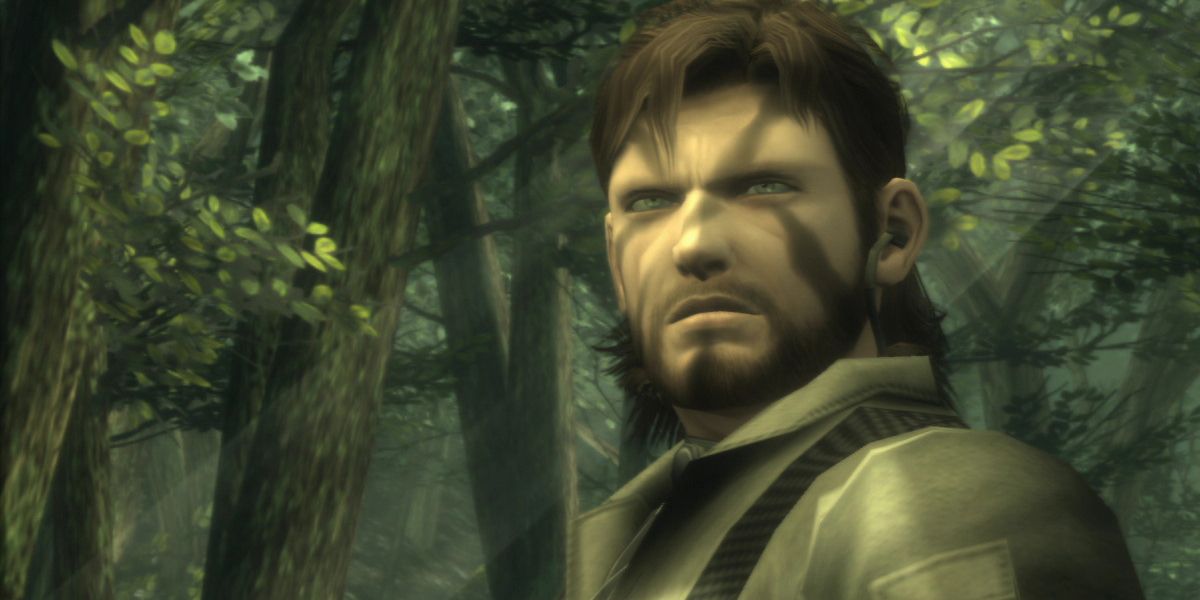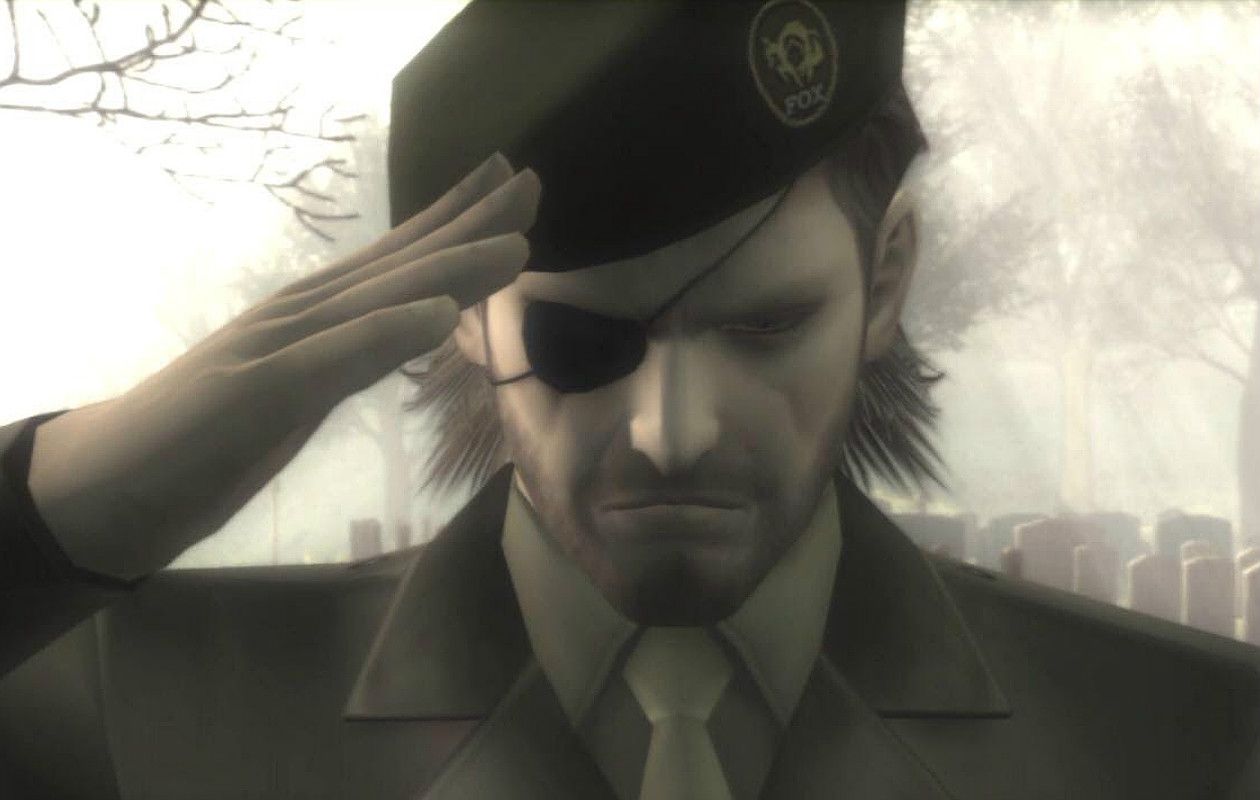
One of the greatest games in the entire Metal Gear Solid franchise is 2004's Metal Gear Solid 3: Snake Eater, written and directed by Hideo Kojima and originally released for the PlayStation 2. Serving as a prequel to the previous games in the series, the game is set in 1964 and has former Green Beret Naked Snake dispatched on an extreme black ops mission deep within the Soviet Union to extract a defecting scientist working on a top-secret military project.
Over the course of the game, the origins of the Metal Gear program and the antagonistic Big Boss and Revolver Ocelot were revealed, followed up in later titles. However, a popular fan theory goes one step farther, suggesting that Snake Eater's events are actually an elaborate virtual reality program experienced by Solid Snake to better understand Big Boss, the source of the genetic material that cloned him and would go on to become of his biggest enemies.

The Metal Gear franchise is no stranger to employing VR content, often as training exercises to better understand enemies and hone tactical espionage action skills. The original 1998 Metal Gear Solid had Solid Snake use VR missions to help players practice outside of the main game under the guise as training missions for Snake. 1999's expanded version Metal Gear Solid: Integral included hundreds of VR missions to showcase the gameplay in various environments. Metal Gear Solid 2: Sons of Liberty protagonist Raiden underwent countless VR simulations to understand Solid Snake better, just as the theory posits Snake is doing ahead of the events of 2008's Metal Gear Solid 4: Guns of the Patriots.
The theory points out the clues that Snake Eater is a simulation right from the beginning, with Naked Snake initially confusing the name of his assignment as "Virtual Mission" instead of its actual name "Virtuous Mission" during the mission briefing before he's corrected by Major Zero. Once Naked Snake is deployed inside the Soviet Union, the clues surface again if the player makes game-ending mistakes, including their own death. The "Game Over" screen that flashes whenever Naked Snake is killed contains the text "Time Paradox," suggesting that Snake dying decades before fulfilling his destiny as Big Boss results in the program shutting down and booting back up at an earlier period. Similarly, killing Revolver Ocelot before he can follow his own past as the recurring nemesis for the game results in Roy Campbell criticizing the player for deviating from the timeline.

Of course, these could all be just sly nods and in-jokes rather than to be taken seriously that the entirety of Snake Eater is an advanced VR fabrication for Solid Snake. Naked Snake's confusion during the mission briefing at the start of the game could just as easily be a reference to the VR missions added to Integral; for a franchise that often pokes fun good-naturedly at its own mythos, this wouldn't be out of place. Similarly, the text and deviations from the timeline could be Kojima quietly letting players know to stick to the story he's trying to tell rather than suggest a program is shutting down in response to straying from its prescribed boundaries.
The theory that Snake Eater is just an elaborate VR program suggests that the entire game is just Assassin's Creed before Assassin's Creed, with Snake living his predecessor's memories. However, Naked Snake/Big Boss' story continues in 2006's Metal Gear Solid: Portable Ops, 2010's Metal Gear Solid: Peace Walker and Metal Gear Solid V: Ground Zeroes/The Phantom Pain. The existence of those follow-ups slightly undercuts the fan theory, though Snake Eater existing as a standalone VR experience is still possible. Either way, Snake Eater remains one of the high points of the acclaimed video game franchise and its earliest story chronologically to date, shedding light on one of the more nuanced, morally complex video game characters ever.
0 Comments